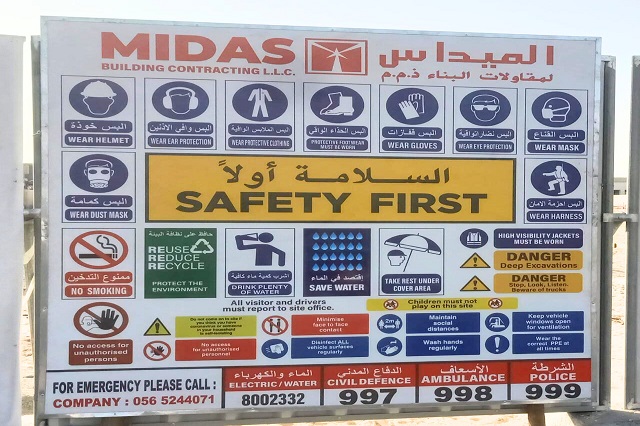Construction is a vital industry that shapes our world. From towering skyscrapers to cozy homes, it’s the backbone of our infrastructure. However, it’s also a high-risk environment where accidents can happen. That’s why health and safety are paramount in the construction industry.
Why Health and Safety Matters
The importance of health and safety in construction cannot be overstated. Not only does it protect the lives of workers, but it also ensures the project’s efficiency and success. Accidents can lead to delays, increased costs, and damage to a company’s reputation. Moreover, a safe work environment boosts morale, productivity, and overall job satisfaction.
Common Hazards in Construction
Construction sites are filled with potential hazards. Some of the most common include:
- Falls: Falling from heights is a leading cause of fatalities in construction. This can happen when workers are not properly secured or when they are working on unstable surfaces.
- Electrocution: Contact with live electrical wires or equipment can be fatal. It’s crucial to follow proper safety procedures and use insulated tools.
- Heavy Equipment Accidents: Operating heavy machinery like cranes, excavators, and bulldozers requires skill and caution. Accidents can occur if operators are not properly trained or if they fail to follow safety guidelines.
- Material Handling Injuries: Lifting heavy objects incorrectly can cause strains, sprains, and other injuries. Proper lifting techniques and the use of mechanical aids can prevent these accidents.
- Chemical Exposure: Exposure to hazardous chemicals can have serious health consequences. It’s essential to wear appropriate protective equipment and follow safe handling procedures.
Safety Measures and Best Practices
To create a safe work environment, construction companies must implement effective safety measures and best practices. Here are a few examples:
- Hazard Identification and Assessment: Regularly assess the workplace for potential hazards and take steps to eliminate or control them.
- Safety Training: Provide comprehensive safety training to all workers, covering topics such as fall protection, electrical safety, and emergency procedures.
- Personal Protective Equipment (PPE): Ensure that workers have access to and use appropriate PPE, such as hard hats, safety glasses, and gloves.
- Emergency Response Plans: Develop and practice emergency response plans to deal with accidents and emergencies.
- Safety Inspections: Conduct regular safety inspections to identify and address potential hazards.
- Safety Committees: Establish safety committees that involve workers and management to promote a safety-conscious culture.
Humanizing Health and Safety
While safety measures are essential, it’s equally important to humanize health and safety in the construction industry. This means creating a culture where workers feel valued, respected, and empowered to speak up about safety concerns. Here are some ways to achieve this:
- Open Communication: Encourage open communication between workers and management, allowing employees to report safety hazards without fear of reprisal.
- Employee Involvement: Involve workers in safety decision-making and initiatives. This can foster a sense of ownership and responsibility.
- Recognition and Rewards: Recognize and reward workers for their commitment to safety. This can motivate employees to follow safe practices and report hazards.
- Mental Health Support: Provide mental health support for workers, as job-related stress and trauma can affect their safety performance.
Building a Safer Future
Health and safety are fundamental to the success of the construction industry. By prioritizing safety and creating a culture of care, we can build a safer and more sustainable future for everyone involved. Let’s work together to make construction a safer place for all.


